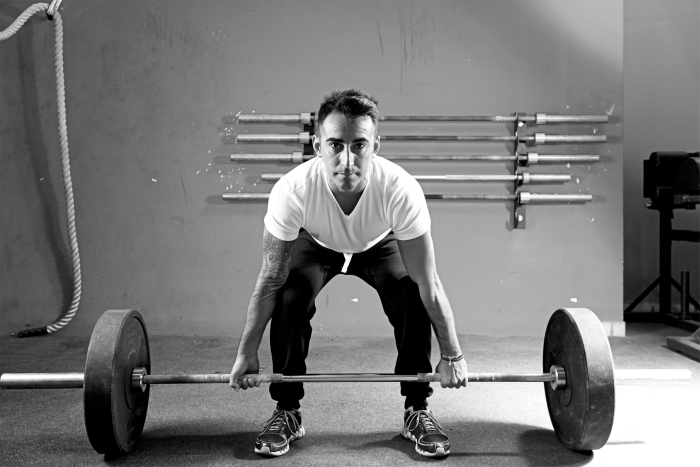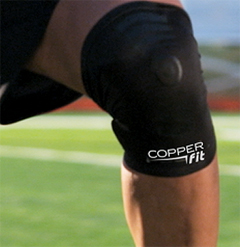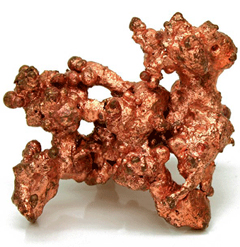Most Popular Strength Training Myths
 There are more strength training and weightlifting myths floating around today than can be counted. Unfortunately, many of these myths lead people to train the wrong way, or even worse, to not train at all. Whether you consider yourself to be an athlete, or not, strength training is important for everyday health and well-being. Copper Fit invites you to consider some common strength training myths so you can be better informed regarding strength training.
There are more strength training and weightlifting myths floating around today than can be counted. Unfortunately, many of these myths lead people to train the wrong way, or even worse, to not train at all. Whether you consider yourself to be an athlete, or not, strength training is important for everyday health and well-being. Copper Fit invites you to consider some common strength training myths so you can be better informed regarding strength training.
Myth 1: Weight Lifting is Bad for Your Joints
One of the most common myths in weightlifting today is that it’s bad for your joints. The exact opposite is usually true. Weightlifting, when done properly, can actually help to increase the health and support of your joints by strengthening the muscles and ligaments that are attached to them. Running, however, is particularly stressful on your joints.
Myth 2: Strength Training Will Bulk You Up
This myth is one of the more common objections for women with regards to strength training. Yes, there are weightlifters who work out with the end goal of getting bigger muscles, however that doesn’t have to be the case for everyone. It’s a very realistic goal to get stronger without gaining tons of muscle mass.
Myth 3: Muscle Turns to Fat if You Stop Training
No. Muscle will never turn into fat. Muscle and fat are two completely different types of body tissue. However, if you ever do stop weight training be sure to adjust your diet accordingly. The main reason people gain weight after they stop training is they keep eating as much as they did while they were training. This popular scenario is probably what led to the myth in the first place.
Myth 4: Weightlifting Decreases Flexibility
Actually, weightlifting correctly – and with good form – will have the opposite effect. The key to increase flexibility during weightlifting is to go through a full range of motion in your lifts. Increasing muscle mass is not related to decreased flexibility at all.
Myth 5: Weightlifting Makes You Slow
Again, the opposite is true. Yes, if you only work out your upper body you’ll probably see a decrease in speed, however if you train the right way you will feel faster and more limber than ever. The best (and really only) example you need for this argument is professional athletes. They strength train way more than the average person and are some of the fastest people on the planet.
The problem is that when people think of strength training, they think of bodybuilders with bicep muscles bigger than the average person’s head. This is the root of a lot of strength training myths, like weightlifting decreasing flexibility and making you slower. People imagine that they’re going to end up looking like that as well and that’s the furthest thing from the case. Copper Fit believes it times for you to dismiss these myths.
Now that you know the true story, it’s time to hit the gym!





It’s important for all weightlifters to realize that these are, in fact, just myths. Thanks for posting.